In the field of optics, if there was one defining factor feature of 2018, it ought to be the rise of mirrorless cameras. And if there has been one winner in this segment, at least until this year, it has to Nikon. It has been far ahead of its competitors- Canon and Sony, not just in camera but how it has outlined its lens segment. And while most of
Don’t get us wrong. Nikon Z7 is a perfectly fine camera, in fact, its one of the best of its class. But it’s also too expensive- aimed at the professionals and not something common photography enthusiasts would use. The Z6, however, with a price tag half of Z7, carries the potential to make mirrorless cameras a fine substitute to DSLRs. Let’s take a detailed look on the Nikon Z6 review.
Check-out: Nikon Upcoming Cameras 2018 List
Nikon Z6 Form-factor
Though Nikon Z6 costs half of Z7, it sports the same (magnesium alloy) sturdy build-quality to the extent that you can’t set both these devices apart just by looking at the body. One masterstroke that Nikon has played with this camera and all its mirrorless cameras in general, is that it has eliminated the barrier of lens compatibility through an FTZ-mount adapter. That means, the company isn’t just attracting customers looking for mirrorless cameras but also it’s vast swathes of DSLR users who can use their Nikon lens with this camera.
Now before we get into the performance, let’s quickly get over the specs-
Nikon Z6 spec sheet:
Size: 134 x 100.5 x 67.5mm
Weight: 675g
Sensor: 24.5MP
Image processor: EXPEED 6
AF points: 273-point phase detection AF
Max image size: 6,048 x 4,024px
Max burst: 12fps
LCD: 3.2-inch tilting touchscreen
Viewfinder: EVF, 3,690k dots OLED
Memory card: XQD
Connectivity: Bluetooth, Wi-Fi
Nikon Z6 Performance
To start with Nikon Z6 comes with in-body image stabilization- something Nikon hasn’t offered before in its interchangeable camera lineup. That is why most of Nikon’s F-mount lenses come with vibration reduction, which if you use with Z6, would deliver extremely high shake compression. With a 200,000-shot shutter life, the camera is built for extended usage- enough to turn enthusiasts to experts and thus move on to Z7-level.
One key concern that many users might have is that the Nikon Z6 has only around half the AF points as compared to that of Z7. But those 273 AF are spread out to cover around 90% of the image area and thus offers quite good coverage. Additionally, it also offers the options of pinpoint, single-point, dynamic area AF, wide-area AF, and Auto-area AF modes. Though the absence of eye-detection might be an issue for some users. For continuous shooting, you can shoot at 12fps for 12-bit shots but you want 14-bit shots, the speed drops to 9fps.
The 4K videos captured on the camera too are quite crisp and stable. The noise-handing and dynamic range are among the best you would find on any camera. The only issue you might have is the low pixel count. At 24.5MP, it’s definitely not the best sensors out there but because this lower resolution endows it with higher sensitivity, it’s a trade-off worth taking.
Overall, not everyone is going to buy the expensive Z7 simply because casual users don’t need that level of quality and performance. For a big audience that’s interested in photography and looking for a taste in mirrorless cameras, Nikon Z6 strikes the perfect balance of cost and quality and thus is an ideal purchase.







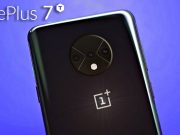





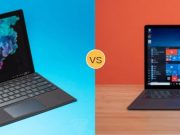
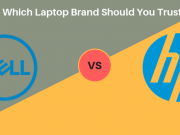
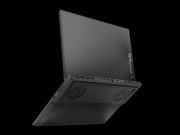
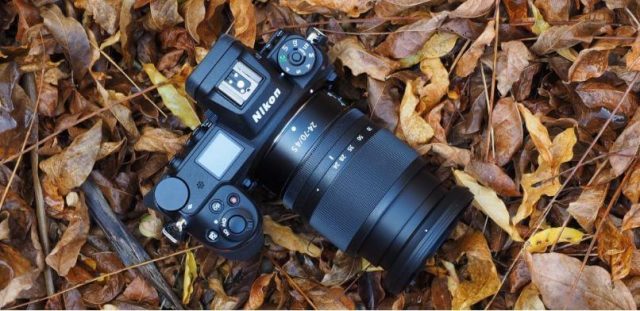

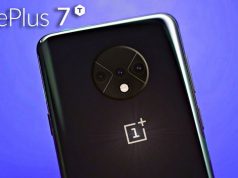




I don’t think the title of your article matches the content lol. Just kidding, mainly because I had some doubts after reading the article.
Comments are closed.